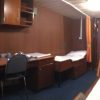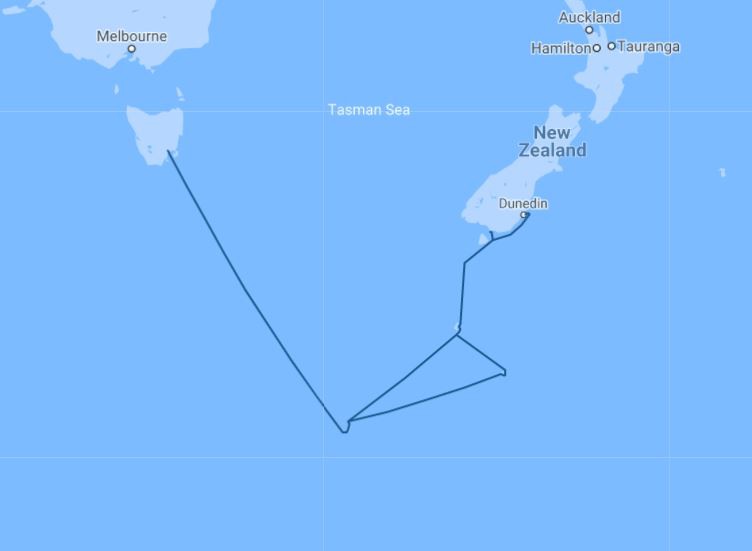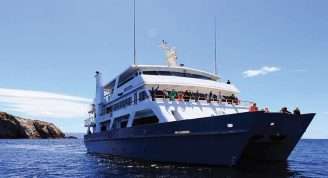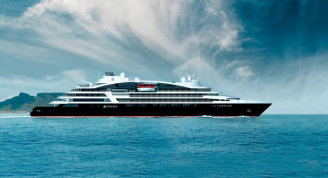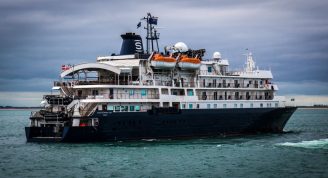Description
This is without doubt one of the most inspirational and informative journeys or expeditions into the Southern Ocean ecosystem that one can make anywhere in the world. Long recognised for their rich biodiversity, the Subantarctic Islands lying to the south of New Zealand are UNESCO World Heritage sites. This places them in a select group of only 180 natural sites that have been designated as ‘the most important and significant natural habitats’ on the planet. They are also afforded the highest conservation status and protection by the Australian and New Zealand governments and access to these islands is by permit only. On this expedition we offer you the unique chance to explore, photograph and understand these wonderful places in the company of some of the most knowledgeable and passionate guides.
As a young biologist, Heritage Expeditions founder Rodney Russ first visited these islands in 1972 with the New Zealand Wildlife Service. He organised New Zealand’s first commercial expedition there in 1989 and it was only natural that his family should travel with him, what wasn’t predicted was that they would join him in the business and be as passionate about the conservation of this region as he is. Now, many years and over 100 expeditions later, Rodney’s sons Aaron and Nathan continue their father’s enthusiasm and legacy for this region with Heritage Expeditions. As the original concessionaire we enjoy good relationships with the conservation departments and some of the access permits we hold are unique to these expeditions.
The name we have given to this voyage ‘Galapagos of the Southern Ocean’ reflects the astounding natural biodiversity and the importance of these islands as a wildlife refuge. (The book Galapagos of the Antarctic written by Rodney Russ and Aleks Terauds and published by Heritage Expeditions describes all of these islands in great detail.) The islands all lie in the cool temperate zone with a unique climate and are home to a vast array of wildlife including albatross, penguins, petrels, prions, shearwaters and marine mammals like sea lions, fur seals and elephant seals. The flora is equally fascinating; the majority of it being like the birds and endemic to these islands.
This renowned expedition includes four of the Subantarctic Islands, The Snares, Auckland, Macquarie and Campbell. Each one is different, and each one is unique – just like this expedition.






